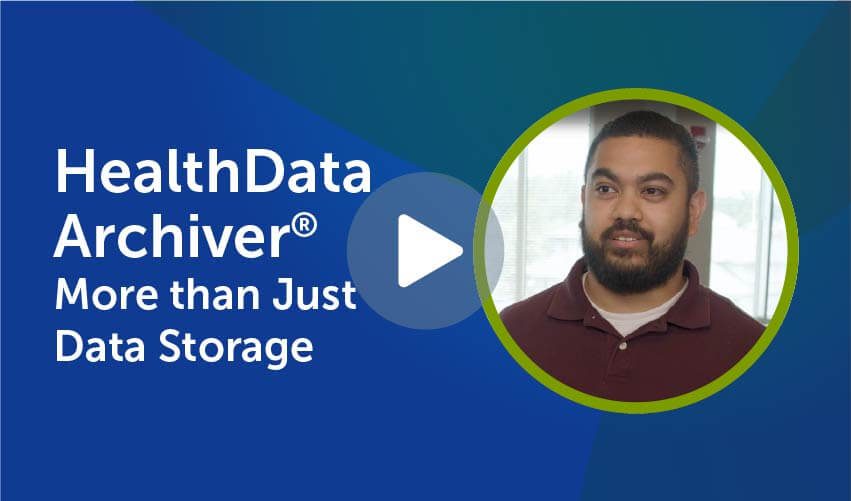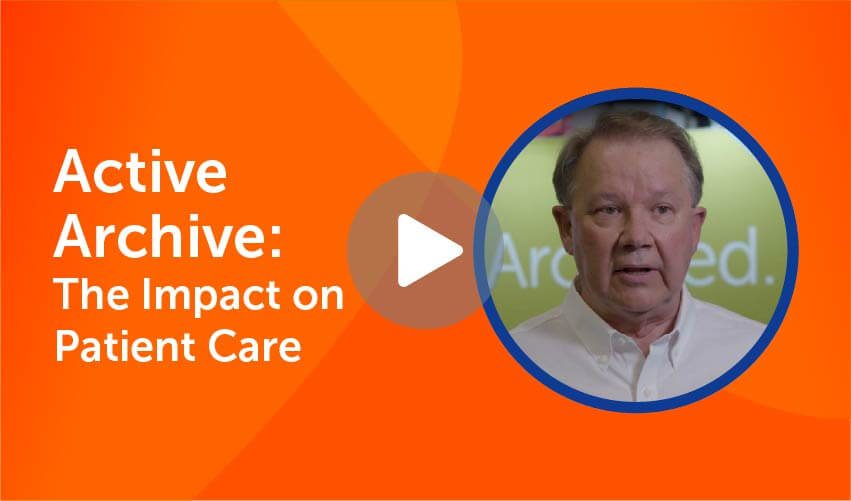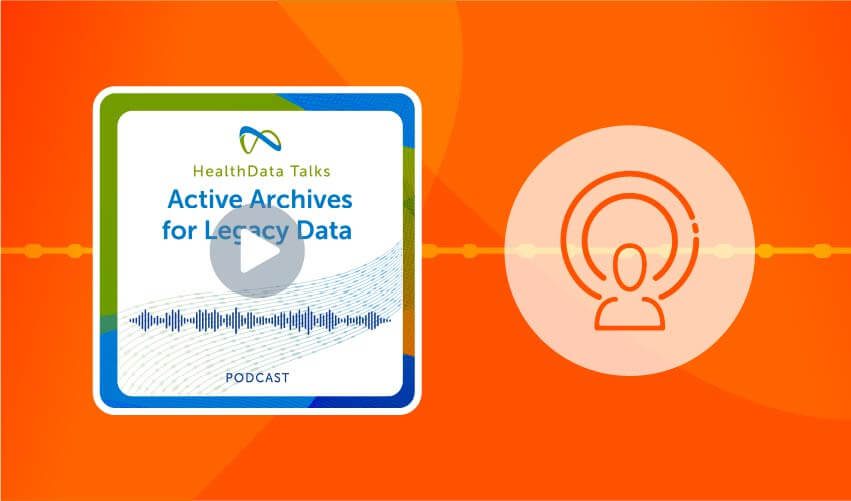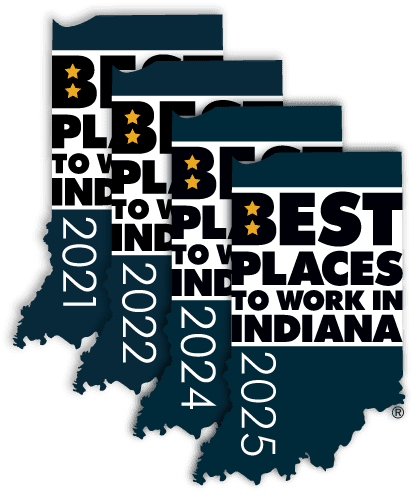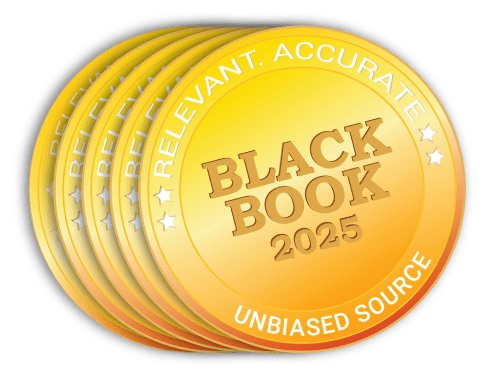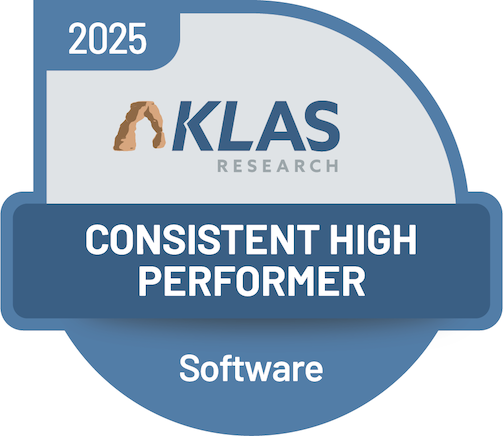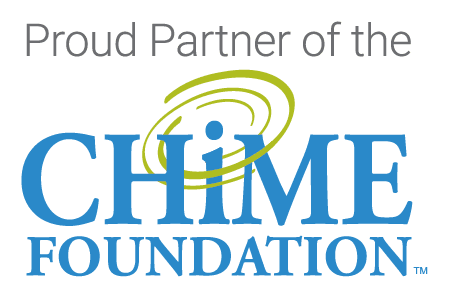Active Archive for Legacy Data
Efficient, Secure, and Accessible Legacy Data Management.
Transform your burdensome legacy data into an asset by streamlining it with our active archiving solutions within the HealthData Platform™—reducing costs and enhancing accessibility for compliance, analytics, and patient care.
Legacy Data Challenges
System replacements and mergers and acquisitions can result in redundant EHRs and other applications across an organization. Inefficient legacy systems hinder clinical workflows, drive up operational costs, and increase compliance risks, creating a range of challenges for healthcare providers.
High Maintenance Costs: Outdated systems require regular upkeep, draining both time and budgets.
Security Vulnerabilities: Old, unsupported applications pose an increased risk for data breaches.
Limited Data Access: Clinicians, HIM team, and administrators face inefficient workflows.
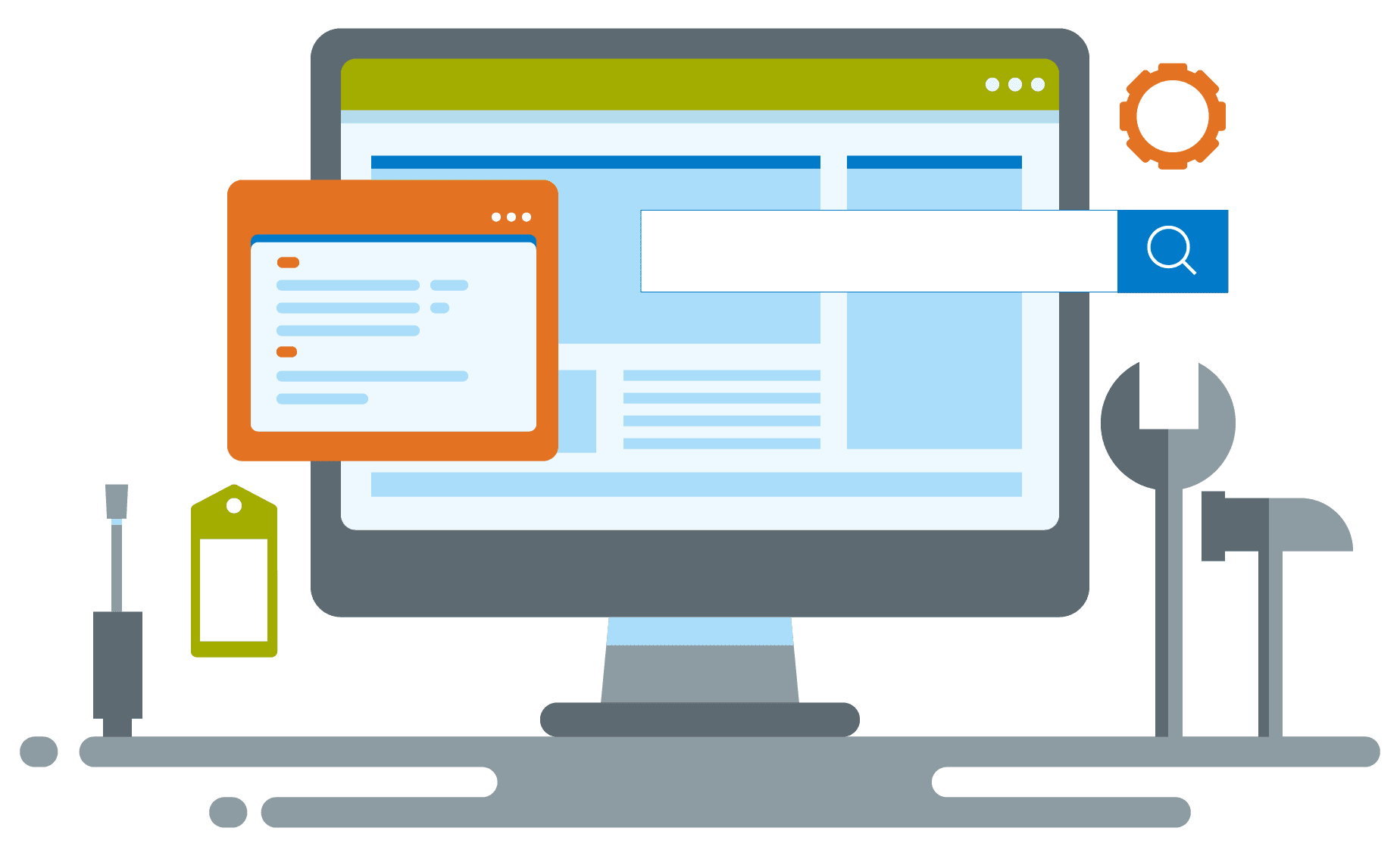
Solution: Active Data Archiving
Active archiving consolidates legacy data into a secure, user-friendly browser-based platform—HealthData Archiver®—reducing cost and resource burden and ensuring user accessibility for compliance, release of information, and informed patient care.
Data Conversion vs. Archiving
When transitioning to a new EHR, often only critical patient information—demographics, problems, allergies, medications, immunizations, procedures, etc.—is converted to the go-forward EHR, and within those categories, only the most recent data is usually included from the legacy system with a common lookback of 2-5 years.
But what about the remaining data? Keeping legacy systems active in a read-only format can create significant financial and technical challenges. The ongoing costs for hardware maintenance, software licenses, and support services make this an inefficient solution.
For long-term retention of this data, active archiving is the optimal solution. A comprehensive data archive, like HealthData Archiver®, stores records in their entirety to ensure integrity and compliance, as well as offers user workflows for clinical and operational staff to access records.
If you’re unsure which data to convert vs archive, we’re here to help. Let us assess your needs and recommend the best solution for managing your data.
Benefits of Active Archiving
Decommissioning
Consolidate data to reduce maintenance costs and IT complexity.
Compliance
Strengthen data governance with secure, controlled, audit-ready storage.
Data Access
Enable efficient clinician access, information release, and A/R wind down.
Mitigating Risk
Protect patient, business, and financial data while meeting regulatory requirements.
Why Choose HealthData Archiver®?
In addition to our industry-leading expertise, end-to-end solutions, and award-winning technology, HealthData Archiver® provides powerful technology to help drive efficiency and achieve greater utility from your legacy data.
Comprehensive Data
We accurately extract data from multiple legacy sources, ensuring completeness and integrity. This thorough process is the foundation of our full-service legacy data management approach.
Secured Data – HITRUST Certified
Extracted data moves to the HealthData Platform™ where it is stored, secured and accessed via HealthData Archiver®. Encryption standards meet compliance requirements, safeguarding patient information at every stage.
Centralized Storage
All historical clinical, financial, and business records reside in one archive repository for easy retrieval and maintenance, and lower costs.
Seamless Integration
Single Sign-On available for most major EHRs, including Epic, Oracle Health (Cerner), MEDITECH, and more. Also connects with third-party reporting, auditing, and other tools.
Role-Based Access & Audit Trails
Only authorized users can view or modify specific records within HealthData Archiver®, and comprehensive logging tracks every data access or change, ensuring accountability.
Release of Information
Simple workflows to fulfill record requests for patient, payer, legal, and other needs—directly through HealthData Archiver®.
A/R Wind Down Support
Manage outstanding receivables efficiently using data housed and accessed through the archive. There are three solution options to meet various needs.
Key Resources
Learn more about the benefits of active archiving and the best available options for healthcare organizations to retain their legacy data.
FAQ
What is health data archiving?
Most simply, health data archiving is a solution for storing clinical data. But not all health data archiving solutions are created equal. A robust active archive like HealthData Archiver® consolidates disparate legacy data sets into centralized storage, helps healthcare organizations comply with record retention and HIPAA requirements, and enables end users to easily access historical records through a user interface or single sign-on from an electronic health record (EHR). This is increasingly important as regulatory guidelines such as the 21st Century Cures Act have expanded the requirements for electronic protected health information (ePHI) data availability, specifically regarding patients’ access to their records.
With many hospitals managing a large number of legacy applications, health data archiving is key to optimized data management as well as reduced cost and risk. By migrating legacy data to an archive, the legacy systems can be decommissioned. This provides cost and security benefits as legacy systems are known for being weak links for cybersecurity attacks and costly in terms of maintenance, infrastructure and labor when left up-and-running in read-only mode.
What is an EHR/EMR data archive?
An electronic health record (EHR) or electronic medical record (EMR) data archive is a secure long-term storage solution that allows ongoing, secure access to legacy medical records. An active archive solution like HealthData Archiver® includes rich workflows and integrations that increase productivity for health information management (HIM), clinical, and revenue cycle users. With its open and scalable architecture, it is built to accommodate clinical data from any acute or ambulatory care system, in any format. This serves as an alternative to a costly and complex data conversion from a legacy EHR or EMR to a new one.
There are numerous benefits to having an EHR/EMR data archive. This includes traditional release of information workflows as well as and newer functions like Secure Record Delivery which enables the transmission of an archived patient record to an active EHR endpoint. That said, not all legacy applications and archiving solutions are created equally. When selecting a vendor, make sure they can manage your EHR/EMR data archive project and meet your requirements with proven processes, ability to scale, system expertise, EHR/EMR integrations, and required product functionality.
Where does patient data go when you archive?
When archiving patient data to an active archive, it most commonly goes to a secure cloud. For example, HealthData Archiver® is a browser-based solution most often deployed as a hosted solution with Harmony Healthcare IT’s private cloud. This is a HITRUST CSF®-certified environment designed expressly for the safeguarding of protected health information. Patient data is encrypted in transit and at rest with all access to the cloud-based storage logged and monitored.
Another way of answering this question is to say the legacy patient data goes wherever it is needed. From a central, consolidated data storage location, role-based access allows clinicians to access historical records at time of care, health information management teams to release records utilizing built-in workflows, and revenue cycle management teams to wind down accounts receivables.
How much data can be archived?
There is not a limit to how much data can be archived. Archives are a smart solution for healthcare organizations of all sizes; and cloud-based storage provides scalability for initial and future data storage needs. While some archives are small, large integrated delivery networks (IDNs) may store data from hundreds of legacy applications amounting to billions of clinical records.
With the average hospital generating about 50 petabytes of data every year, the amount of data compounds quickly. An upgrade to a new application or a merger or acquisition can be major drivers for data and application growth. Archiving can help healthcare provider organizations better manage the large amount of data under their umbrella by reducing the number of in-production applications, while still allowing users to access the records for clinical, release of information, or legal needs.
When is it time to archive?
- System Replacement
- Merger & Acquisition
- Facility Closure/Relocation
- Provider Retirement/Death
Why archive?
- Reduce costs of legacy system maintenance while meeting record retention guidelines.
- Fortify defenses against cybersecurity threats.
- Eliminate data conversion issues with healthcare data storage solutions.
- Access historical data at point-of-care with integrated archiving software.
- Consolidate acute, ambulatory and other business data silos with archive document data storage.
